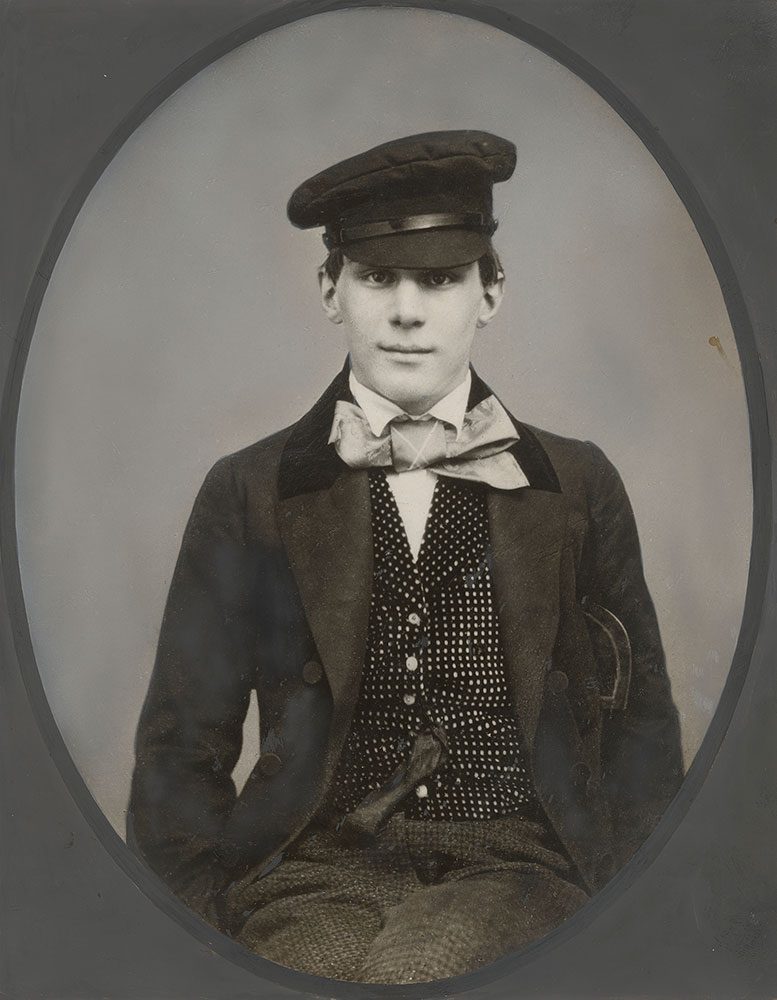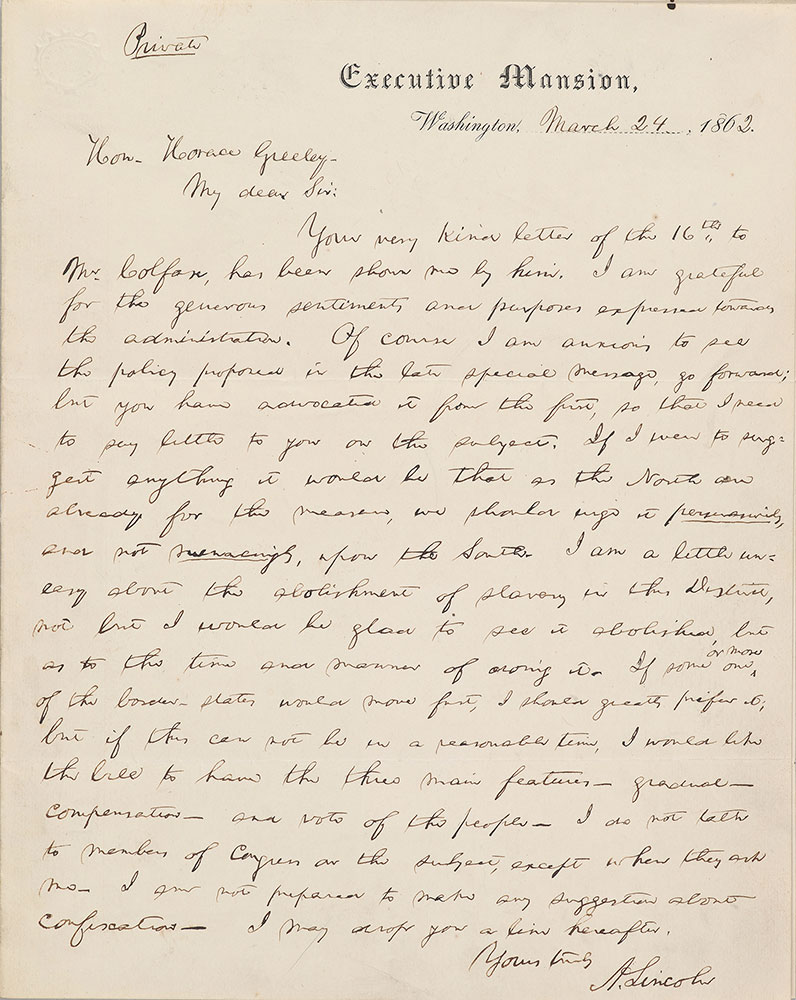John Pierpont Morgan (1837–1913) was the greatest collector of his generation. Over the course of his life, he amassed an unrivalled collection of art and rare books and manuscripts, including three Gutenberg Bibles and the only Raphael altarpiece in any American collection.
Many of the hallmarks of Morgan’s collecting emerged during his youth. Members of the Morgan family frequently gave books to one another as gifts. On Morgan’s tenth birthday, 173 years ago today, his grandmother gave him Jacob Abbott’s Boys’ and Girls’ Miscellany. Described in contemporary advertisements as a “notable gift-book,” the anthology included “excellent and entertaining Stories, Sketches of Travel and Adventure, Poems and popular articles in History, Biography, and Science.” When Morgan turned thirteen, he noted in his “Line-A-Day” diary that he had received another book from his grandmother, Azel Stevens Roe’s James Montjoy, Or, I’ve Been Thinking, a novel about the perilous consequences of financial speculation—a lesson that Morgan, who became a fairly conservative banker, took to heart.
Morgan’s earliest foray into collecting came through the popular nineteenth-century pastime of assembling an autograph collection. By the time Morgan was a teenager, he possessed signatures of people he deemed “distinguished men,” including the poet and medical writer, Oliver Wendell Holmes; the prominent Whig politician and later philanthropist and library benefactor, Robert Charles Winthrop; and the historian and popular biographer, Jared Sparks. Morgan contacted many of these men directly—even writing to President Millard Fillmore—and traded autographs with friends and relatives. Morgan eventually owned three complete sets of the highly-sought autographs of the signers of the Declaration of Independence, as well as letters by George Washington, Abraham Lincoln, and other American luminaries.
In addition to an interest in Americana, Morgan developed a fascination with all things British. At fifteen he took out an annual subscription to The Illustrated London News (and had the issues bound in special covers ordered from London, early evidence of his taste for elaborate bindings). The next year, on Morgan’s first trip to England, he attended a Sunday service at the Church of the Holy Trinity in Stratford-upon-Avon, where Shakespeare was buried, and visited the house where he had been born. Just over forty years later, in 1896, Morgan purchased four Shakespeare First Folios from the London booksellers Henry Sotheran & Co. for £800 (the equivalent of around $135,000 today). That same day, he also acquired his first Gutenberg Bible, revealing his appetite for items of great rarity and historical import.
Morgan’s European travels piqued his interest in art, history, and literary matters more broadly. As a nineteen-year-old student at the University of Göttingen, he described the library in a letter to a cousin, marveling that it contained 450,000 volumes “in every known language, ancient and modern.” Encountering the library reinforced his youthful delight in acquisition that continued throughout his life. An article celebrating his seventy-fifth birthday in The New York Times remarked that Morgan derived tremendous pleasure “from the successful pursuit of some missing link in one of his great collections,” whose unrivalled quality derived from his determination to obtain “what he considers indispensable at any price.”
Daria Rose Foner
Research Associate to the Director
The Morgan Library & Museum



